A cockpit voice recording from last month’s catastrophic Air India crash suggests the captain may have deliberately cut fuel to both engines, triggering the deadliest aviation disaster worldwide in more than 10 years, sources familiar with the U.S. investigation said.
Fuel flow cut before crash
Shortly after takeoff from Ahmedabad en route to London, both engines of the Boeing 787-8 Dreamliner lost power when the fuel switches were moved from “run” to “cutoff.”
A cockpit voice recorder captured the first officer asking the captain why the switches had been flipped and urging him to restore fuel flow.
According to U.S. officials briefed on the early evidence, the voice believed to be the captain did not deny the action.
While no cockpit video confirms who moved the switches, investigators say the conversation points to the captain.
The plane attempted to restart its engines midair, but by then, it was too late.
The aircraft, barely 650 feet in the air, began to descend, clipping trees and a chimney before slamming into a building on a medical college campus in a fireball.
All but one of the 242 people on board were killed, along with 19 people on the ground. The incident is now the worst air crash globally since 2014.
Early report: No mechanical failure
A preliminary report from India’s Aircraft Accident Investigation Bureau (AAIB) said the engines’ fuel supply had been manually cut seconds after takeoff.
However, it stopped short of naming either of the two pilots – Captain Sumeet Sabharwal and First Officer Clive Kunder – who had a combined 19,000 hours of flight experience.
The AAIB found no signs of mechanical failure, and Air India CEO Campbell Wilson reiterated that all aircraft systems and maintenance had been in compliance.
The aircraft’s backup power device, the ram air turbine, deployed automatically – an indication of complete engine power loss.
Despite the sequence of events and strong circumstantial evidence, the AAIB insists it is “too early to draw conclusions,” cautioning against “premature narratives” while the investigation is ongoing.
No fault found in fuel switch locks
The incident has raised renewed scrutiny of Boeing’s fuel switch locking mechanism.
While U.S. aviation officials maintain the locks are safe, India’s aviation regulator ordered inspections across domestic airlines.
Air India completed a fleetwide inspection of its Boeing 787s and found no defects. Singapore Airlines also confirmed its Boeing 787 fleet passed safety checks.
A 2018 bulletin by the FAA had already urged airlines to verify that the switches couldn’t be moved accidentally.
Industry insiders say such a catastrophic dual-engine failure, so soon after takeoff and with no mechanical fault, strongly points to human error, possibly a mistaken or intentional act.
Aviation safety expert John Nance said there’s “no rational explanation” for the fuel cutoff other than crew action.
Renewed debate over cockpit cameras
The crash has reignited calls for installing cockpit image recorders, which are not currently mandated.
Experts argue that a video feed could have provided immediate clarity on who moved the switches, critical in a case where voice recordings remain ambiguous.
With no safety recommendations issued yet, regulators are waiting for the AAIB’s final report, expected within a year, to determine whether broader changes are needed across the Boeing 787 fleet or cockpit protocols.
As the investigation continues with input from the U.S. NTSB and other international bodies, officials emphasize that public speculation could undermine trust in the process.

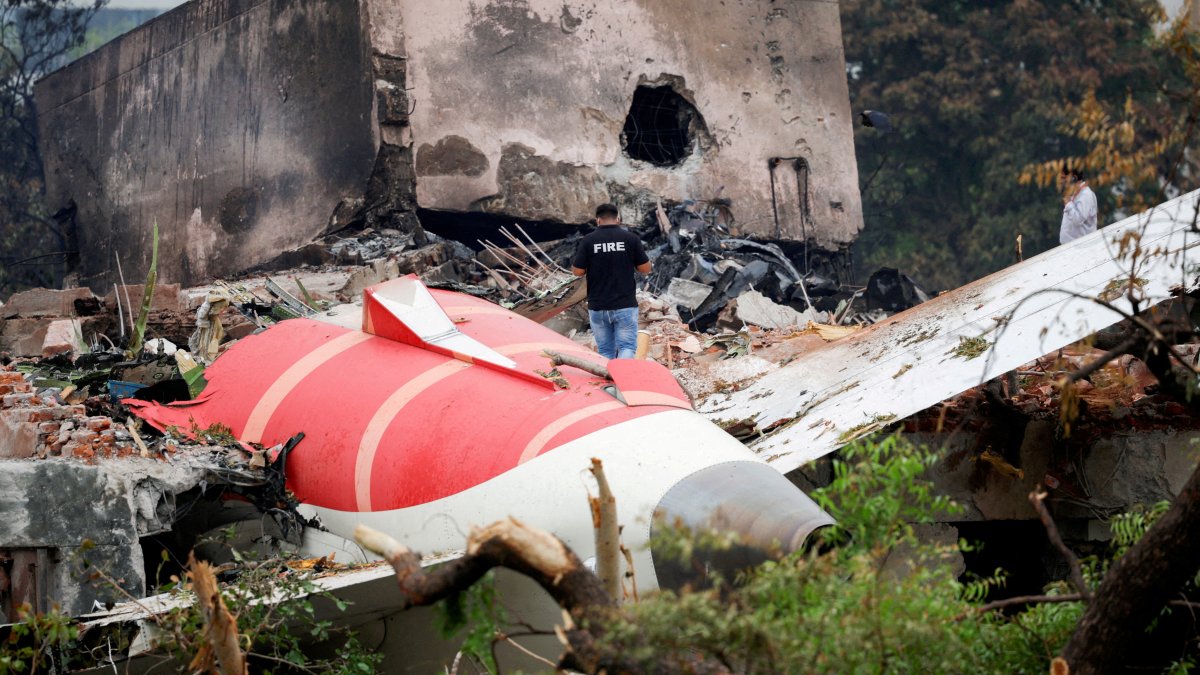






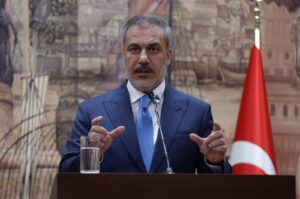














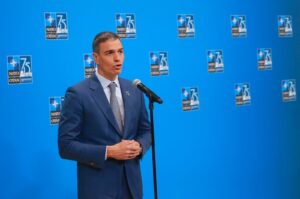









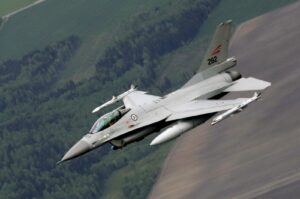



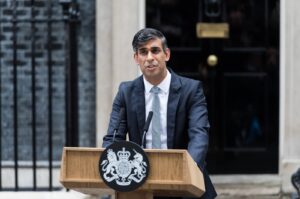


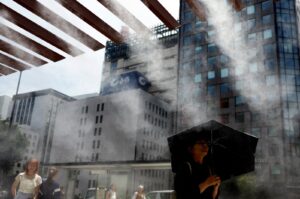





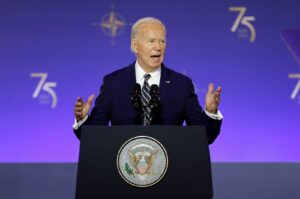





Be First to Comment